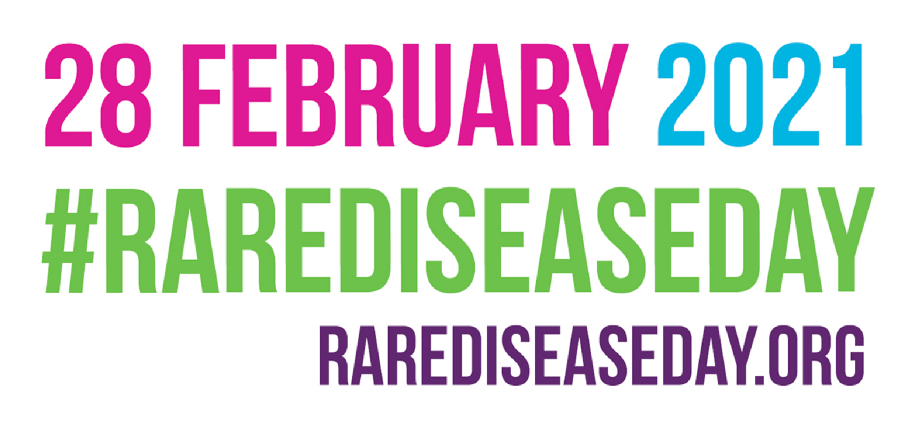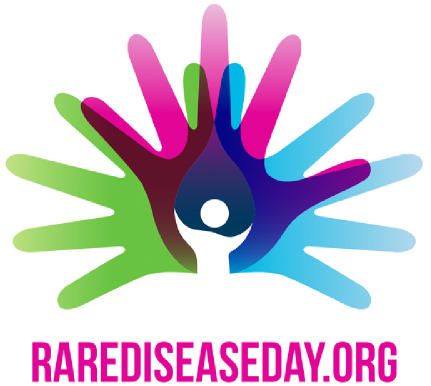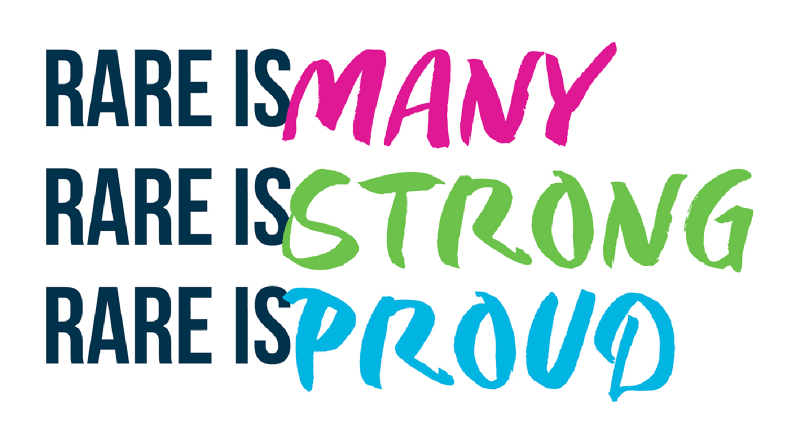Meet Joachim
One person’s journey with DM1
Growing up, Joachim says, myotonic dystrophy “was always in my background and in the back of my head.” His father was diagnosed in his 40s with the inherited muscle-wasting disease, meaning that Joachim and his sister each had a 50-50 chance of carrying it. Joachim took a genetic test and learned that he was a carrier. His sister was later diagnosed, too.
At the time, Joachim had no symptoms. Doctors said they would begin to appear at some point. Exactly when was anyone’s guess.
“In a way, it was a shock, but not really,” recalls Joachim, now 51. “It confirmed what I had thought was possible.”


For Joachim, the symptoms began in his early 30s: first myotonia, followed by weakness in his hands and difficulty swallowing. His shoulder blades would protrude when he lifted him arms.
In 2005, at age 37, he was officially diagnosed with DM1.
“It took me a long time to accept the disease,” says Joachim, who works as an attorney at a reinsurance company and lives with his wife and two children, ages 21 and 15, in a ranch-style house with no stairs in Princeton, NJ. “I’m trying to do as many things as I can. My wife might ask me if I need help opening a jar or a yogurt cup, and I’ll often say no. I don’t always want to admit that I cannot do a certain thing.”
Joachim’s disease can make everyday activities a challenge. He walks slowly and sometimes trips and falls. His speech is affected, which can occasionally make him hard to understand. A German native who has always enjoyed traveling, Joachim can no longer lift a moderately heavy suitcase and sometimes has trouble opening the car door. A weak grip has made one of his favorite hobbies—building model trains—more taxing.
Joachim says his sister’s symptoms are even more severe. And he remembers the physical and emotional toll that DM1 took on his father; by the time he died at age 75, he couldn’t walk, dress or feed himself.
Joachim also knows there is a chance that his children might carry the disease, too. His son Max is currently undergoing testing.
“That’s the scary part—what lies ahead?” Joachim says. “I saw my dad, how he deteriorated. I have seen how my sister has deteriorated over the last couple of years. What lies ahead five or ten years from now?”
Despite the uncertainty, Joachim draws strength from his family and inspiration from other living with DM1 whom he has met through Myotonic, the world’s largest patient organization focused solely on myotonic dystrophy. “You get the sense, I’m not alone in this,” he says of events like a Myotonic conference he attended in 2014.
Joachim says he does not want to be defined by DM1. He has tried to remain as active and independent as possible. His support network and personal faith have helped him persevere through all of the daily challenges.
Meanwhile, he believes that finding a cure is a matter of when—not if.
“Given the research developments of the past few years and the number of drug makers that are actively involved in the research,” Joachim says, “I am very optimistic that an effective treatment for DM1 will be found.”




